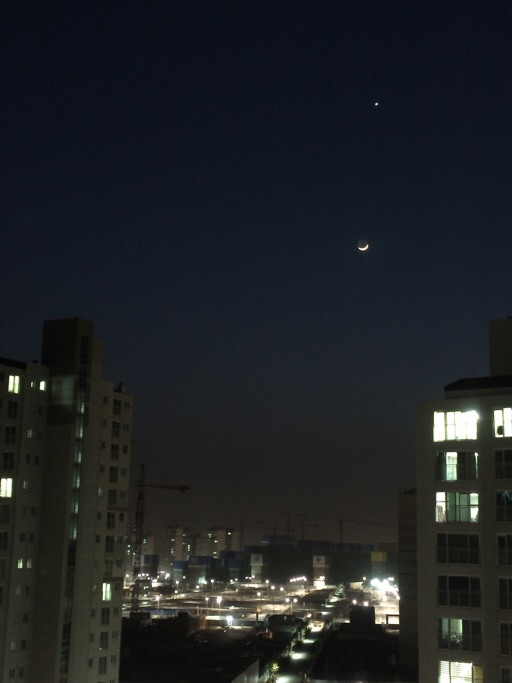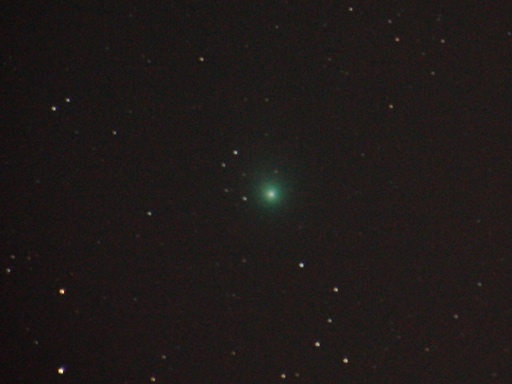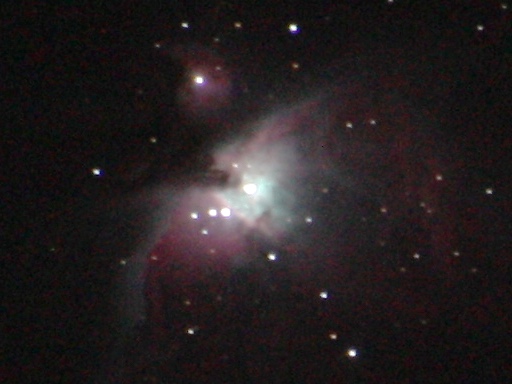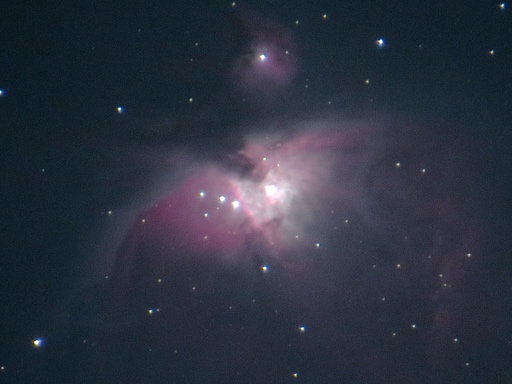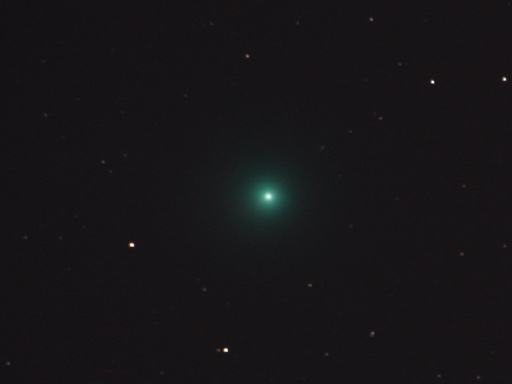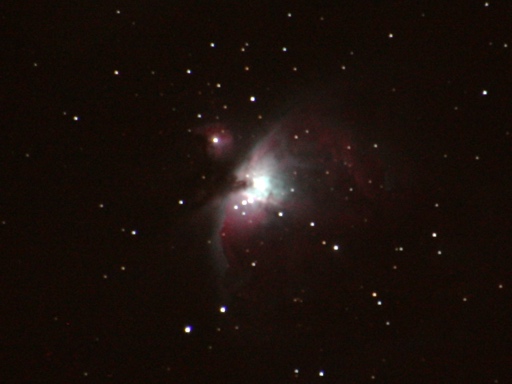Moon and Venus, together
Posted by Wesley onWhen Venus is visible in the evening sky, a crescent Moon can be found nearby roughly once a month in the west. The clouds and fogs cleared up yesterday evening, and I was able to see the two objects above the unfinished skyline of Naju Bitgaram City. A yellowish layer of smog is seen lingering on the horizon in the photo, but this was gone by the morning.
Device: iPhone 6 Plus
Settings: 29mm - ISO 500 - 1/4s - f/2.2
Filters: None
Time: 2015-03-22 19:29 KST
Location: Naju, Korea
